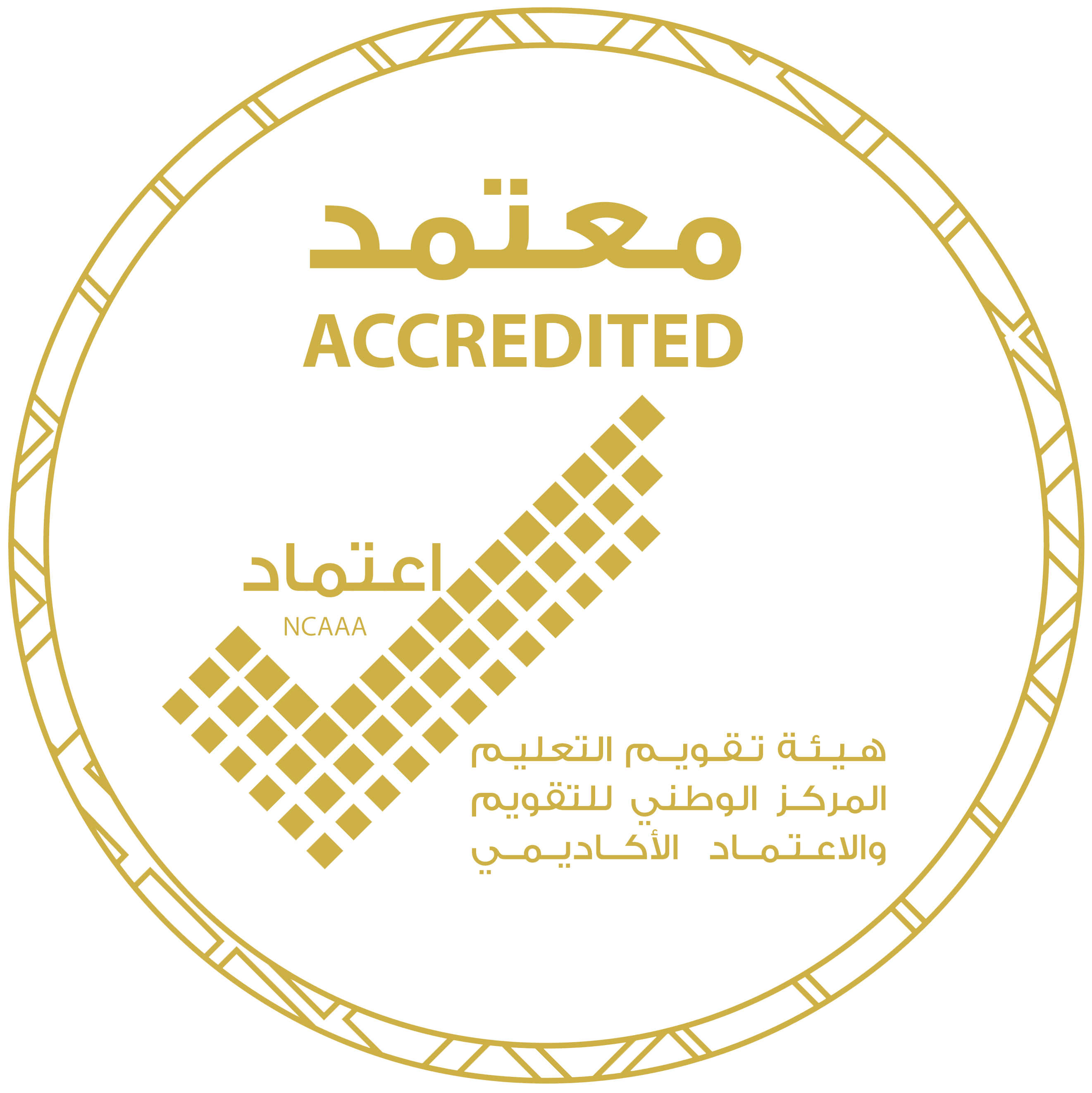Module Description:
Characteristics of the database approach. Database concepts and architecture; Data models, schemas and instances; Program data independence, Database languages and interfaces. Data models for database systems; The E-R DM, Relational DM and Relational Algebra. Relational model constraints; Domain, key, and integrity constraints. SQL-relational DB language; Data definition, queries, update statements, and views in SQL. Database design; functional dependencies, Normal forms. Introduction to OO databases.
Module Aims:
· Understand the basics and concepts of database systems.
· Design, implement and evaluate a computer-based DB system to meet desired users' needs.
· Use professionally Structured Query Language (SQL) and understand SQL processing.
Learning Outcomes:
· a) An ability to analyze a problem, and identify and define the computing requirements appropriate to its solution
· b) An ability to design, implement, and evaluate a computer-based system, process, component, or program to meet desired needs
c) An ability to use current techniques, skills, and tools necessary for computing practice.
Textbook:
R. Elmasri, S. Navathe; Fundamentals of Database Systems.; 2010; AddisonWesley



